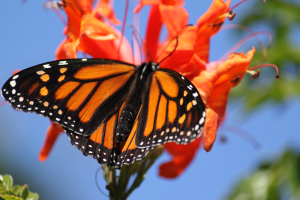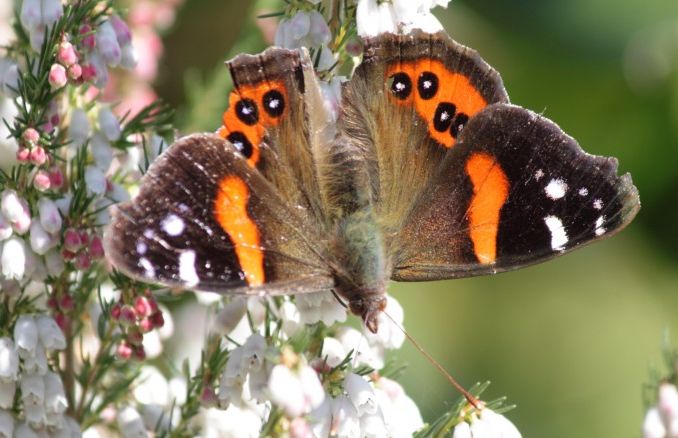Native butterflies
This task is about understanding science vocabulary.
Not many of us, though, know much about New Zealand native butterflies because we don't see them very often.
Scientists think it is important to know about distribution, habitat and wingspan.
The next three questions are about why these are important.



